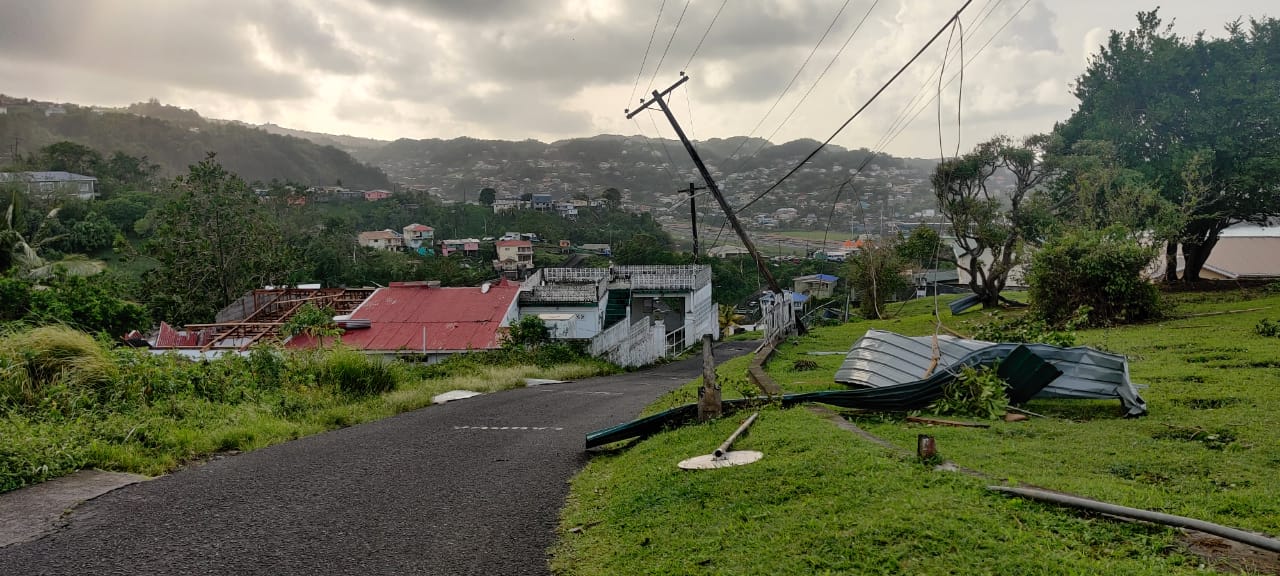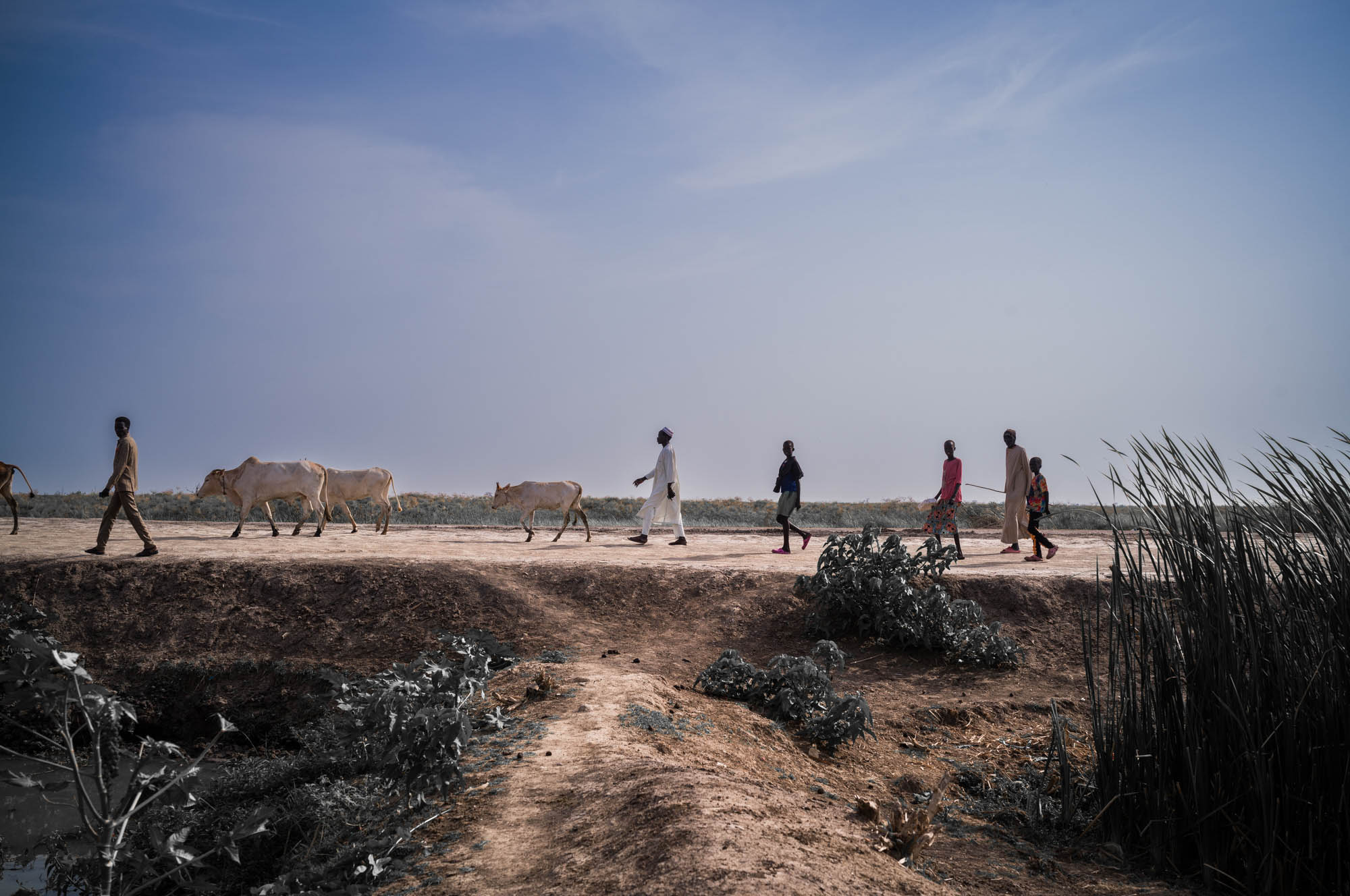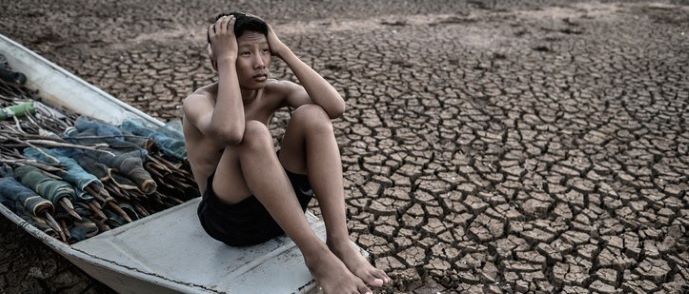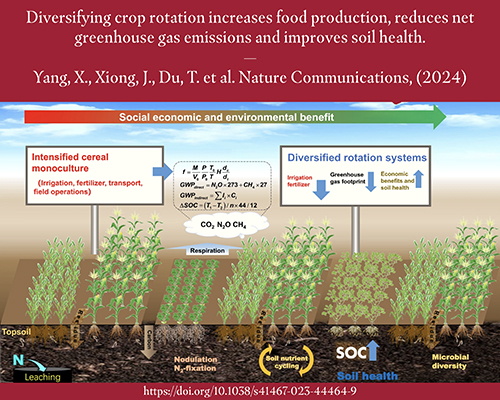
Report on Hurricane Beryl and Early Warning Systems in the Caribbean

Introduction
Hurricane Beryl, the strongest June hurricane ever recorded in the Atlantic, served as a powerful reminder of the devastating impact a single landfalling tropical cyclone can have on years of development. Fueled by warm ocean temperatures and intensified rapidly, Beryl highlighted the increasing frequency of such phenomena due to climate change.
Successes and Challenges
Despite the destruction caused by Hurricane Beryl, there were some successes. Compared to previous hurricanes like Maria in 2017, fewer lives were lost. This can be attributed to the years of investment in strengthening early warning systems by Caribbean nations, as well as the support from regional and international bodies.
Call for Continued Efforts
In an OpEd published in the Trinidad & Tobago Guardian, Kamal Kishore of the UN Office for Disaster Risk Reduction, Elizabeth Riley of the Caribbean Disaster Emergency Management Agency (CDEMA), and Celeste Saulo of the World Meteorological Organization (WMO) emphasized the need for continued efforts to strengthen multi-hazard early warning systems in the Caribbean. They highlighted the importance of achieving the goals of the Early Warnings for All initiative by 2027.
Early Warning Systems in the Caribbean
The Caribbean nations, supported by regional bodies such as CDEMA, the Caribbean Meteorological Organization, and the Caribbean Institute for Meteorology and Hydrology, along with the WMO Hurricane Committee and the US National Hurricane Center, have made significant investments in strengthening early warning systems. These efforts have contributed to the reduction in loss of life during hurricanes.
Challenges Faced by Small Island Developing States (SIDS)
While disaster deaths are decreasing, the cost of disasters is growing. This is particularly challenging for Small Island Developing States (SIDS). Hurricane Beryl caused significant damage, affecting over 11,000 individuals in the Grenadine Islands of Grenada and St. Vincent. The destruction disrupted lives, livelihoods, and life chances, with reports indicating that 90% of homes on Union Island were destroyed or severely damaged.
Enhancing Resilience and Financing
Small island states fully exposed to disasters have limited options for reducing their disaster exposure. Therefore, their focus must be on enhancing social, economic, and physical resilience. Developed countries must fulfill their promises to double climate adaptation financing to at least $40 billion a year by 2025 and adequately capitalize the Loss and Damage Fund. Resilient infrastructure, despite adding around 3% to investment costs, offers significant long-term benefits in terms of reduced damage and service disruptions.
Global Partnerships and Support
The recently adopted Antigua and Barbuda Agenda for SIDS, along with global partnerships like the Coalition for Disaster Resilient Infrastructure (CDRI), can provide invaluable resources to countries in the Caribbean. The UN Office for Disaster Risk Reduction has been collaborating with CDRI to help countries stress-test their infrastructure systems and identify vulnerabilities.
Conclusion
It is crucial to shift from passively accepting that disasters will occur to actively preventing them through investment in disaster risk reduction. The legacy of Hurricane Beryl should be a turning point for the world, prompting increased efforts in this regard. By achieving the goals of the Early Warnings for All initiative and fulfilling financial commitments, we can work towards a more resilient future.
By Elizabeth Riley, Celeste Saulo, and Kamal Kishore
SDGs, Targets, and Indicators
| SDGs | Targets | Indicators |
|---|---|---|
| SDG 13: Climate Action | Target 13.1: Strengthen resilience and adaptive capacity to climate-related hazards and natural disasters | – Number of deaths and economic losses caused by climate-related hazards – Number of countries with national and local disaster risk reduction strategies |
| SDG 11: Sustainable Cities and Communities | Target 11.5: Reduce the number of deaths and the number of people affected and substantially decrease the direct economic losses relative to global gross domestic product (GDP) caused by disasters | – Number of deaths and economic losses caused by disasters – Number of countries with policies and plans for disaster risk reduction |
| SDG 9: Industry, Innovation, and Infrastructure | Target 9.1: Develop quality, reliable, sustainable, and resilient infrastructure, including regional and transborder infrastructure, to support economic development and human well-being, with a focus on affordable and equitable access for all | – Investment in disaster risk reduction and resilient infrastructure as a percentage of GDP |
| SDG 1: No Poverty | Target 1.5: Build the resilience of the poor and those in vulnerable situations and reduce their exposure and vulnerability to climate-related extreme events and other economic, social, and environmental shocks and disasters | – Proportion of the population covered by social protection systems |
| SDG 17: Partnerships for the Goals | Target 17.13: Enhance global macroeconomic stability, including through policy coordination and policy coherence | – Amount of climate adaptation financing provided to developing countries |
1. Which SDGs are addressed or connected to the issues highlighted in the article?
SDG 13: Climate Action
The article discusses the impact of Hurricane Beryl, which was fueled by warm ocean temperatures and intensified rapidly due to climate change. This connects to SDG 13, which focuses on taking urgent action to combat climate change and its impacts.
SDG 11: Sustainable Cities and Communities
The article highlights the success of strengthening early warning systems in the Caribbean, resulting in fewer deaths compared to past hurricanes. This relates to SDG 11, which aims to make cities and human settlements inclusive, safe, resilient, and sustainable.
SDG 9: Industry, Innovation, and Infrastructure
The article mentions the need to enhance the physical resilience of homes, businesses, and infrastructure in small island states. This aligns with SDG 9, which focuses on developing sustainable and resilient infrastructure to support economic development and well-being.
SDG 1: No Poverty
The article mentions the economic costs and disruptions caused by Hurricane Beryl, particularly affecting vulnerable populations. This connects to SDG 1, which aims to eradicate poverty and reduce the exposure and vulnerability of the poor to disasters.
SDG 17: Partnerships for the Goals
The article calls for developed countries to fulfill their promises of climate adaptation financing to support developing countries, particularly small island states. This relates to SDG 17, which emphasizes the importance of global partnerships and cooperation to achieve the SDGs.
2. What specific targets under those SDGs can be identified based on the article’s content?
– Target 13.1: Strengthen resilience and adaptive capacity to climate-related hazards and natural disasters.
– Target 11.5: Reduce the number of deaths and the number of people affected and substantially decrease the direct economic losses relative to global GDP caused by disasters.
– Target 9.1: Develop quality, reliable, sustainable, and resilient infrastructure to support economic development and human well-being, with a focus on affordable and equitable access for all.
– Target 1.5: Build the resilience of the poor and those in vulnerable situations and reduce their exposure and vulnerability to climate-related extreme events and other shocks and disasters.
– Target 17.13: Enhance global macroeconomic stability, including through policy coordination and policy coherence.
3. Are there any indicators mentioned or implied in the article that can be used to measure progress towards the identified targets?
– Number of deaths and economic losses caused by climate-related hazards and disasters.
– Number of countries with national and local disaster risk reduction strategies.
– Number of countries with policies and plans for disaster risk reduction.
– Investment in disaster risk reduction and resilient infrastructure as a percentage of GDP.
– Proportion of the population covered by social protection systems.
– Amount of climate adaptation financing provided to developing countries.
The article mentions the success of strengthening early warning systems, the need for resilient infrastructure, the economic costs of disasters, and the importance of climate adaptation financing. These provide indicators to measure progress towards the identified targets.
4. Table of SDGs, Targets, and Indicators
| SDGs | Targets | Indicators |
|---|---|---|
| SDG 13: Climate Action | Target 13.1: Strengthen resilience and adaptive capacity to climate-related hazards and natural disasters | – Number of deaths and economic losses caused by climate-related hazards – Number of countries with national and local disaster risk reduction strategies |
| SDG 11: Sustainable Cities and Communities | Target 11.5: Reduce the number of deaths and the number of people affected and substantially decrease the direct economic losses relative to global gross domestic product (GDP) caused by disasters | – Number of deaths and economic losses caused by disasters – Number of countries with policies and plans for disaster risk reduction |
| SDG 9: Industry, Innovation, and Infrastructure | Target 9.1: Develop quality, reliable, sustainable, and resilient infrastructure, including regional and transborder infrastructure, to support economic development and human well-being, with a focus on affordable and equitable access for all | – Investment in disaster risk reduction and resilient infrastructure as a percentage of GDP |
| SDG 1: No Poverty | Target 1.5: Build the resilience of the poor and those in vulnerable situations and reduce their exposure and vulnerability to climate-related extreme events and other economic, social, and environmental shocks and disasters | – Proportion of the population covered by social protection systems |
| SDG 17: Partnerships for the Goals | Target 17.13: Enhance global macroeconomic stability, including through policy coordination and policy coherence | – Amount of climate adaptation financing provided to developing countries |
Source: wmo.int







